Copper Data Cable Explained - What is the best cable to suit my needs?
03/09/2024 Neil Levett 1580
In today's digitally-driven world, data transmission is the backbone of virtually every operation. From CCTV installations to enterprise IT infrastructures, the cables that carry our data are crucial for efficient and reliable communication. Among these, copper data cables stand out for their proven performance and low-cost compared to alternatives such as fibre. This blog delves into the intricacies of copper data cables, exploring their types, codes, and applications.

What Are Copper Data Cables?
Copper data cables are electrical cables that use copper conductors to transmit data. Known for their excellent conductivity and durability, these cables are a staple in networking and telecommunications. Copper cables come in various forms, each suited to specific needs and environments.
When discussing copper data cables, the type of core can make a huge difference in the performance and longevity of the installation. CCA (Copper Clad Aluminium) for example is constructed using aluminium wire which is then coated in copper. This process is significantly cheaper for the manufacturer, but results in a cable that is brittle and has a very poor bend radius. When choosing cable for networking or CCTV, we would always recommend selecting cable with either a solid copper core, or tinned copper (a solid copper core with a tin coating to add a layer of protection corrosion, oxidization, and the detrimental impact of high temperatures). At Connectec, we only stock solid copper or tinned copper cables, so quality can be guaranteed.
Types of Copper Data Cable
Coaxial (Coax) Cable
Coaxial cables, commonly known as coax cables, are used to transmit signals for various types of communications, including television, internet, and radio. They consist of a central conductor, an insulating layer, a metallic shield, and an outer insulating layer. The primary types of coaxial cables vary based on their applications, construction, and impedance. Here are the main types:
RG-6
- Impedance: 75 ohms
- Usage: Primarily used for cable television (CATV), satellite TV, and broadband internet.
- Features: Thicker insulation and better shielding than RG-59, making it suitable for higher frequency applications and longer distances.

RG-59
- Impedance: 75 ohms
- Usage: Used for low-frequency applications like CCTV and analogue video.
- Features: Thinner than RG-6 and less shielded, making it less effective for high-frequency signals over long distances.
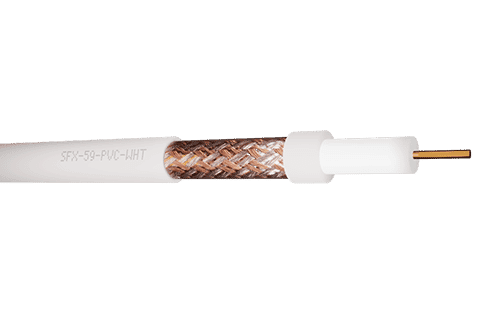
RG-11
- Impedance: 75 ohms
- Usage: Used for long runs in television and internet installations, such as between buildings or for backbone cabling.
- Features: Thicker and more heavily shielded than RG-6, providing lower signal loss over long distances.
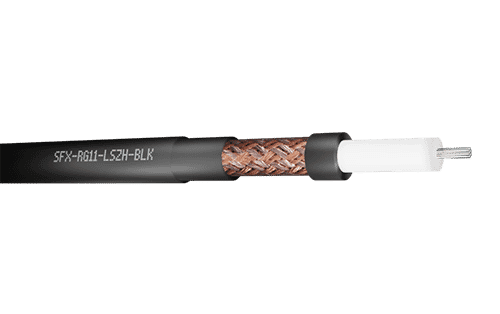
RG-58
- Impedance: 50 ohms
- Usage: Used in radio communications, low-power signal transmission, and networking applications like 10BASE2 Ethernet.
- Features: Flexible and relatively thin, suitable for short-distance and lower-frequency applications.
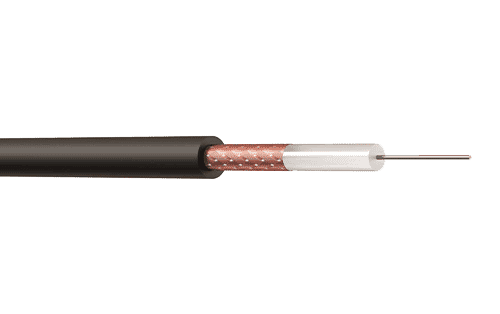
Ethernet Cable
Ethernet cables, also known as network cables or LAN cables, are used to connect devices within a local area network (LAN). They come in various categories, each designed for specific speeds, distances, and performance levels. Here are the main types:
Cat 5
- Speed: Up to 100 Mbps
- Bandwidth: 100 MHz
- Usage: Standard for older networks and many home networks.
- Features: Supports 10/100 Mbps Ethernet. Limited in performance compared to newer categories.
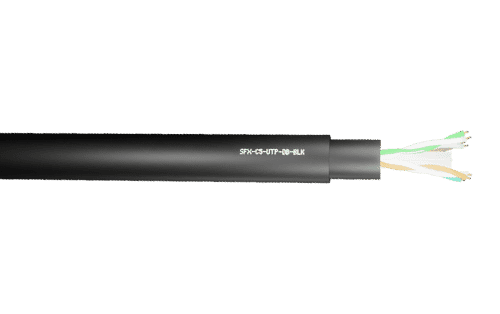
Cat 5e (Enhanced)
- Speed: Up to 1 Gbps
- Bandwidth: 100 MHz
- Usage: Common in modern home and small business networks.
- Features: Improved performance over Cat 5, with reduced crosstalk and better signal quality. Supports gigabit Ethernet.

Cat 6
- Speed: Up to 10 Gbps (at shorter distances, typically up to 55 meters)
- Bandwidth: 250 MHz
- Usage: Suitable for larger networks, data centres, and high-speed applications.
- Features: Better insulation and reduced crosstalk compared to Cat 5e. Suitable for 10 Gigabit Ethernet over shorter distances.
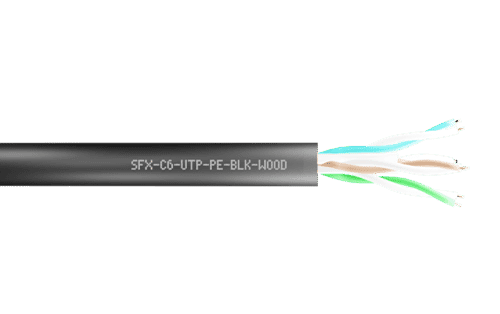
Cat 6a (Augmented)
- Speed: Up to 10 Gbps
- Bandwidth: 500 MHz
- Usage: Used in high-performance networks and data centres.
- Features: Enhanced shielding and reduced crosstalk. Supports 10 Gigabit Ethernet over longer distances up to 100 meters.

Cat 7
- Speed: Up to 10 Gbps
- Bandwidth: 600 MHz
- Usage: High-speed data centers, enterprise networks, and home networks requiring high bandwidth.
- Features: Fully shielded twisted pairs (S/FTP) to virtually eliminate crosstalk. Supports higher frequencies and longer distances for 10 Gigabit Ethernet.
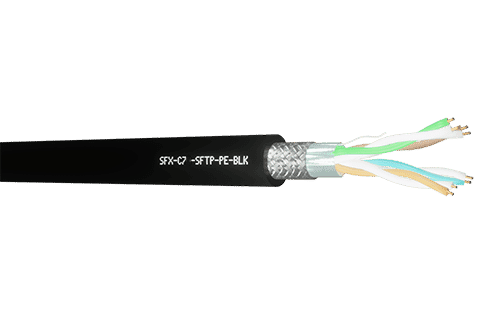
Cat 7a (Augmented)
- Speed: Up to 10 Gbps (potentially up to 40 Gbps at shorter distances)
- Bandwidth: 1,000 MHz
- Usage: Future-proofing high-performance networks.
- Features: Improved shielding and reduced crosstalk. Higher potential bandwidth for future network demands.

Cat 8
- Speed: Up to 25 Gbps or 40 Gbps
- Bandwidth: 2,000 MHz
- Usage: Primarily used in data centres and high-speed server applications.
- Features: Shorter maximum length (30 meters) suitable for switch-to-server interconnections. Extensive shielding and minimal crosstalk.
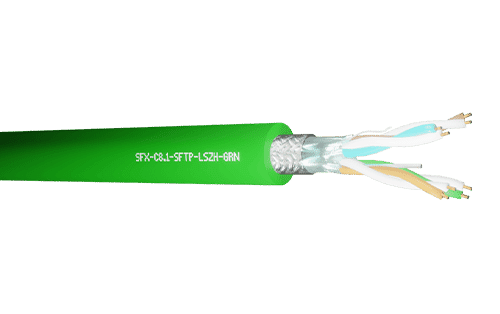
Ethernet Cable Shielding Types
Unshielded Ethernet cables are susceptible to interference from sources such as power cables or electronic devices. This generally isn't a problem in less demanding environments such as home installations, but in areas of high EMI (Electro Magnetic Interference) and RFI (Radio Frequency Interreference), such as data centres or industrial estates, a shielded cable may be required. Here are the main types:
UTP (Unshielded Twisted Pair)
- Description: UTP cables have no additional shielding beyond the twisted pairs of wires.
- Advantages: They are flexible, lightweight, and cost-effective.
- Disadvantages: Less protection against EMI and RFI compared to shielded cables.

STP (Shielded Twisted Pair)
- Description: Each pair of wires is wrapped in a shielding material (usually foil).
- Advantages: Provides better protection against EMI and RFI than UTP.
- Disadvantages: Typically more expensive and less flexible than UTP cables.
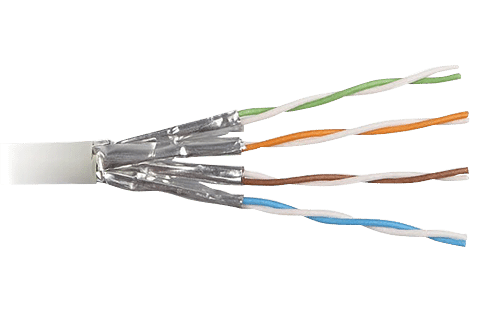
Foiled Twisted Pair (FTP or F/UTP):
- Description: An overall foil shield covers all pairs of wires within the cable.
- Advantages: Offers good protection against EMI and RFI for the entire cable.
- Disadvantages: More rigid and costly than UTP cables.
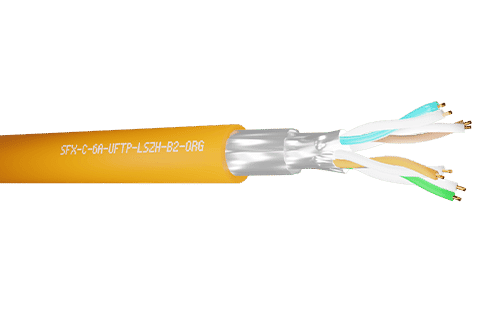
Shielded Foiled Twisted Pair (S/FTP):
- Description: Each pair of wires is shielded with foil, and an overall braid shield covers all pairs.
- Advantages: Provides excellent protection against EMI and RFI.
- Disadvantages: More expensive and bulkier than other types.
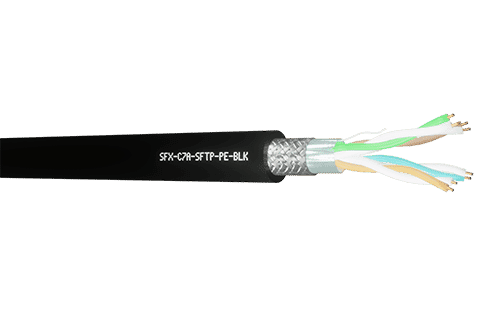
Types of Sheathing
The sheathing of Ethernet cables provides physical protection and environmental resistance to the internal wires. Different types of sheathing are designed to address specific environmental conditions, mechanical stresses, and installation requirements. Here are the main types of sheathing found on Ethernet cables:
PVC (Polyvinyl Chloride)
- Characteristics: Flexible, cost-effective, and commonly used for general-purpose indoor applications.
- Usage: Ideal for most indoor networking installations in homes and offices.
- Pros:
- Affordable and readily available
- Flexible and easy to install
- Cons:
- Releases toxic fumes when burned, making it unsuitable for plenum spaces
LSZH (Low Smoke Zero Halogen)
- Characteristics: Made from materials that emit limited smoke and no halogen when exposed to high heat or fire.
- Usage: Used in confined spaces where ventilation is limited, such as tunnels, subways, and aircraft.
- Pros:
- Produces minimal smoke and toxic gases
- Environmentally friendly and safer for human health
- Cons:
- More expensive than PVC
- Less flexible than PVC
Outdoor (PE)
- Characteristics: UV-resistant and waterproof, designed to withstand outdoor environmental conditions.
- Usage: Suitable for outdoor installations, such as connecting buildings or providing network connections in outdoor settings.
- Pros:
- Durable and weather-resistant
- Often includes a protective gel or foil shield to prevent moisture ingress
- Cons:
- More rigid and difficult to handle than indoor cables
Direct Burial
- Characteristics: Very durable and water-resistant, designed to be buried directly in the ground without additional conduit protection.
- Usage: Ideal for underground installations.
- Pros:
- Resistant to moisture, chemicals, and physical damage
- Can be buried without additional protection
- Cons:
- Typically more expensive and less flexible
SWA (Steel Wire Armoured)
- Characteristics: Extremely durable and water-resistant, designed to be buried directly in the ground without additional conduit protection. Cable pairs protected with steel wires that wrap around them. Can withstand forces such as spade strikes.
- Usage: Ideal for underground installations.
- Pros:
- Resistant to moisture, chemicals, and physical damage
- Can be buried without additional protection
- Extremely durable
- Cons:
- Typically more expensive and less flexible
- Difficult to terminate with RJ45 connectors
- Very heavy
Conclusion
Copper data cables remain a cornerstone of modern data communication, balancing performance, cost, and reliability. Understanding the different types of copper cables, their standards, and applications is crucial for making informed decisions in networking and IT infrastructure design. Whether you are setting up a home network or managing a large data centre, selecting the right copper cable ensures efficient and dependable data transmission.
Connectec offer a huge range of copper data cables to suit all needs. If you are unsure of the best cable to suit your needs, or if you'd like more information about any of the products we stock, why not get in contact and speak with one of our technical experts today?
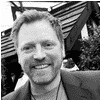
About Neil Levett
Neil is head of Connetec's marketing team. Neil loves art and music and is always looking for his next adventure.